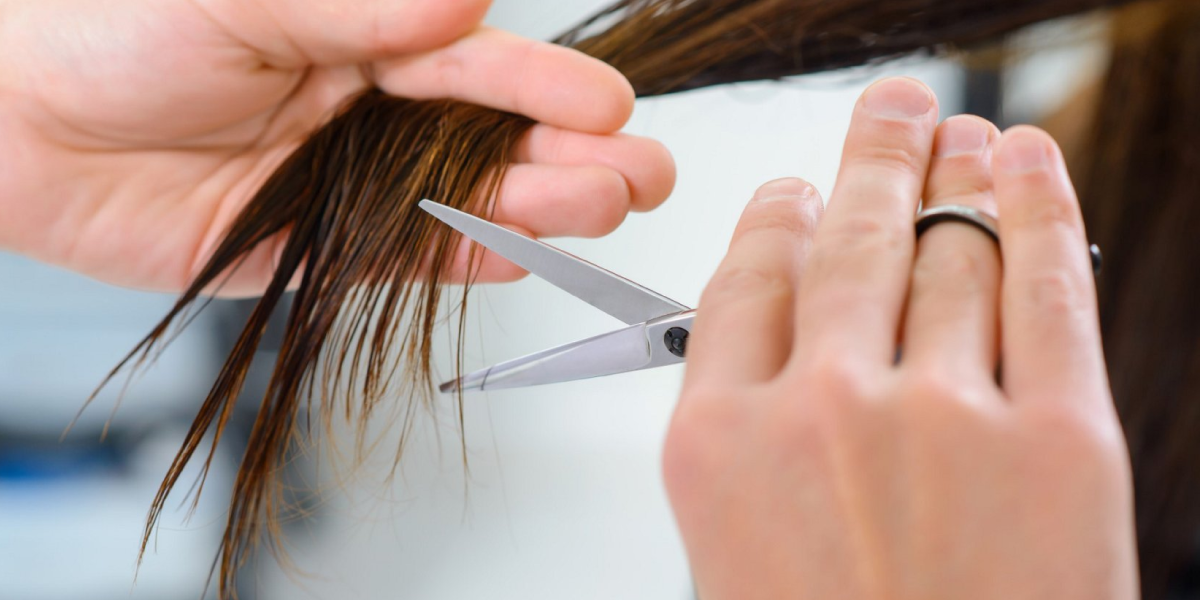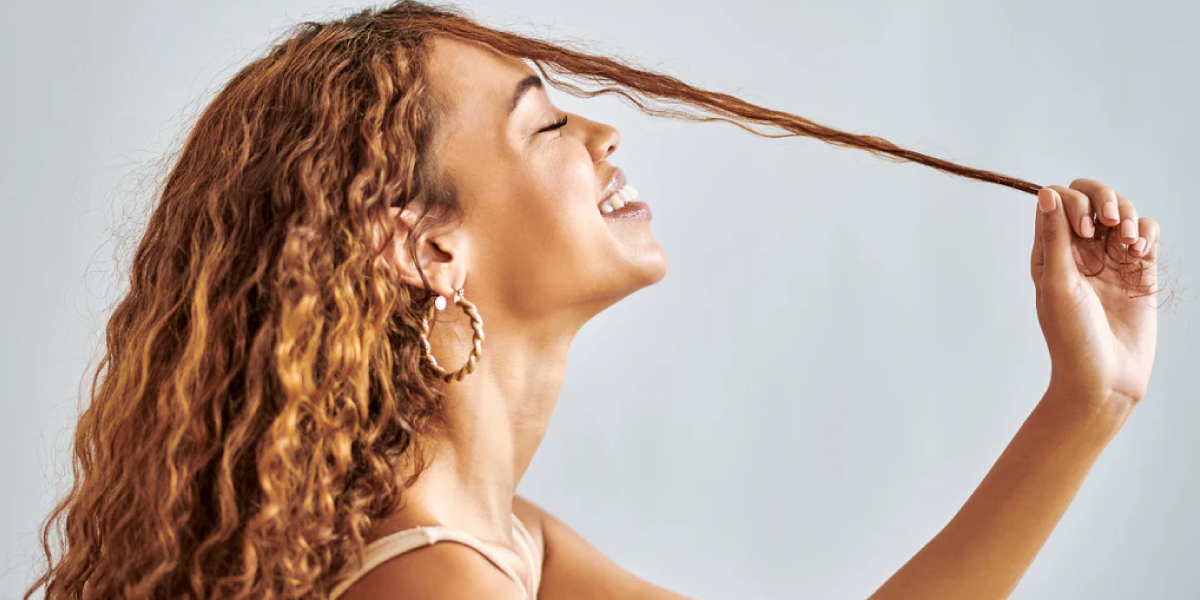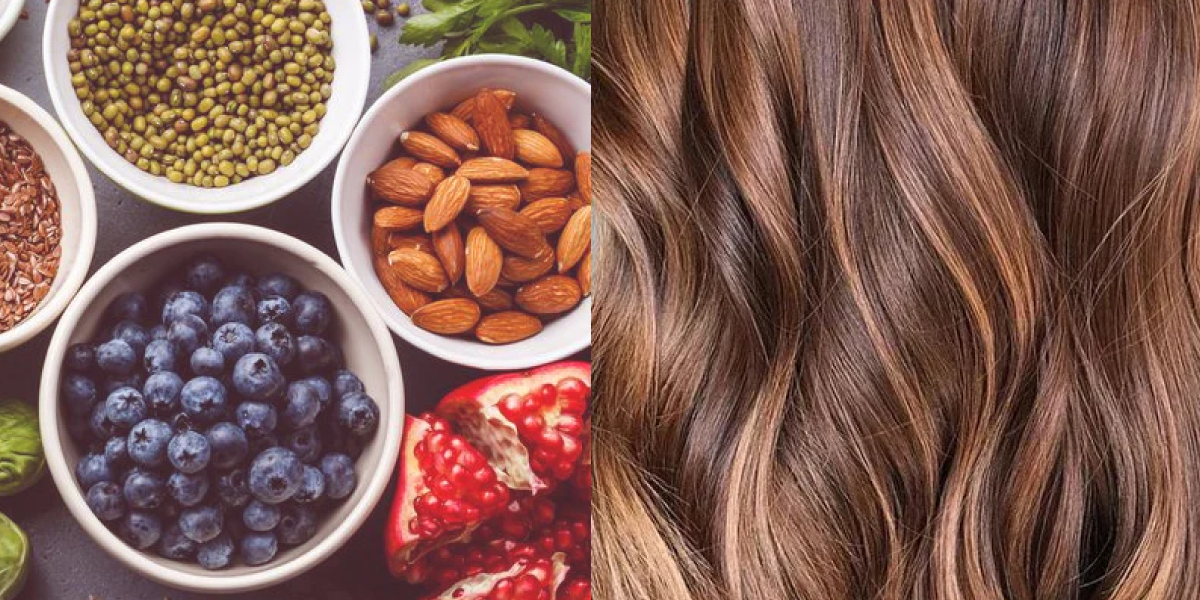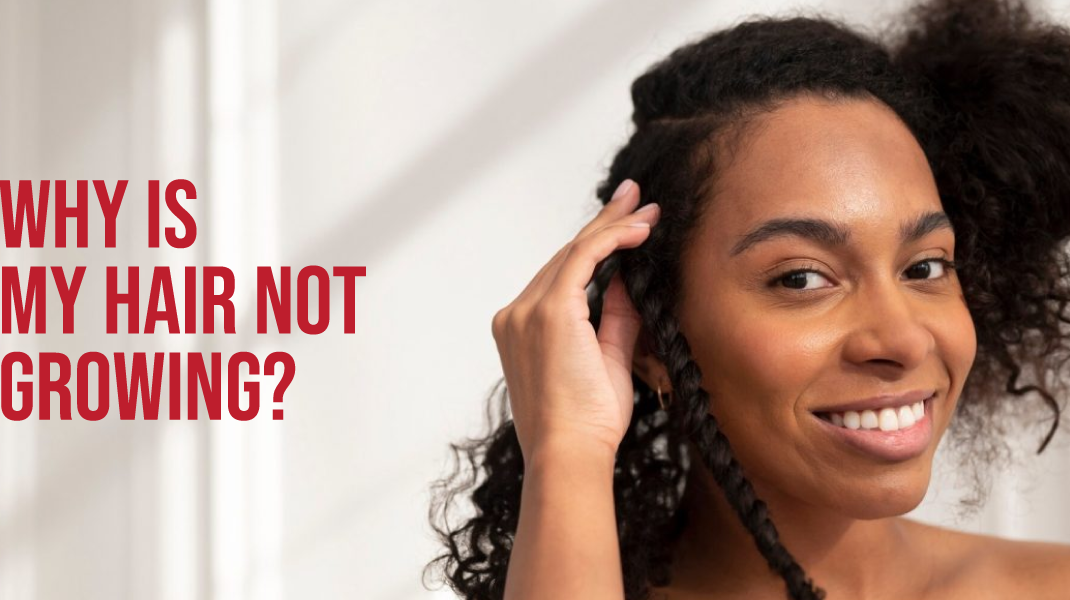You wash your hair regularly, eat healthy food, even buy the fancy shampoo your friend swears by, and yet, your hair still refuses to grow past a certain point. If this sounds like you, you’re not alone. You may be wondering, “Why is my hair not growing?”
In simple words, your hair might actually be growing from the roots, but breakage, poor scalp health, or internal issues could be stopping you from seeing any real length. The good news? Once you know what’s causing it, you can take the right steps.
Let’s talk through it together and uncover what’s really going on with your hair.
Why is My Hair Not Growing?

Your hair is not growing because of several common reasons, like genetics, scalp problems, stress, hormone changes, or breakage. Sometimes, the hair is actually growing at the roots, but it breaks off or falls out before you can see it get longer.
When your scalp is unhealthy, clogged, or irritated, it stops your hair follicles from working properly. Stress and hormonal imbalances can disrupt your hair’s natural growth cycle, making it slow or stop.
And if your hair is breaking a lot, it can feel like it’s not growing at all because the length never stays.
Let’s explore these reasons in detail so you know exactly what’s going on and how to fix it.
How Fast Does Hair Normally Grow?
On average, hair grows about half an inch per month, which adds up to around six inches per year. But that’s just a general number. Some people grow hair faster, while others grow it slower, and that’s totally normal.
The growth also depends on your health, genes, and daily habits.
Hair Growth Cycle in Different Phases
Your hair grows in different stages, not all at once. Most of your hair, about 90 percent, is actively growing at any time, while the rest is resting or shedding.
Understanding the phases below helps explain why hair growth isn’t always steady. Let’s explore:
| Phase | What Happens | How Long It Lasts |
| Anagen | This is the growing phase | 2 to 8 years |
| Catagen | Hair stops growing, but doesn’t fall out yet | 4 to 6 weeks |
| Telogen | Hair rests and starts to loosen | 2 to 3 months |
| Exogen | Old hair sheds while new hair grows in | 2 to 5 months |
At any time, 90 percent of your hair is in the growing (anagen) phase.
9 Reasons Why Your Hair Isn’t Growing (And What to Do About It)
If you feel like your hair is stuck at the same length, it doesn’t always mean it’s not growing. In most cases, it is growing from the roots, but something is either stopping it or breaking it off. Your body, your habits, or even your shampoo could be part of the problem.
So, as you’re wondering, “Why did my hair stop growing?” let’s go through the most common reasons and what you can do to fix each one.
1. Your Genetics Might Be the Reason
Some people naturally have a shorter hair growth cycle. This means your hair could stop growing after a certain length, no matter what you do. It’s just how your body is made, and it’s not something you’re doing wrong.
Tip: Instead of trying to force extra length, focus on keeping your hair strong, healthy, and full of shine.
2. Hair Grows Slower as You Get Older
As you age, your hair’s growth cycle shortens. The scalp also produces less oil, which ultimately makes your hair drier and more prone to breakage.
Tip: Use moisturizing products like argan oil or use leave-in conditioners. Stick to gentle shampoos made for aging or dry hair.
3. Your Diet Might Be Missing Key Nutrients
Hair needs proper nutrients to grow. If your diet is missing things like iron, vitamin D, or biotin, your hair might slow down or stop growing altogether.
Key Nutrients for Hair Growth:
| Nutrient | Where to Get It |
| Iron | Spinach, red meat, beans |
| Vitamin D | Sunlight, eggs, fortified milk |
| Biotin | Eggs, nuts, sweet potatoes |
| Zinc | Meat, seeds, whole grains |
| Collagen | Bone broth, leafy greens, supplements |
Tip: Try adding more of these foods to your meals. If needed, talk to a doctor about taking supplements.
4. You Might Be Shedding More Hair Than Usual
Some hair fall is normal. Everyone loses hair every day. But if you’re seeing clumps of hair in your brush, on your pillow, or clogging your shower drain, that could be too much.
How much is too much? Losing about 50 to 100 hairs a day is normal. If you’re losing more than that regularly, and you’re not seeing new hair grow back, it could be a sign of something deeper going on.
Tip: Get your iron and thyroid levels checked. These are common reasons behind excessive shedding. Also, take care of your mental health. It makes a difference!
5. Too Much Stress Can Stop Hair Growth
When you’re under stress, your body can put hair into a “resting” mode, which leads to more hair fall and less new growth.
Tip: Try to relax your body and your scalp. Scalp massages, deep breathing, yoga, or even watching a show while doing a hair mask can really help.
6. Your Scalp Might Be Unhealthy
If your scalp has dandruff, psoriasis, or too much buildup from products, it can block your hair follicles and slow down growth.
Tip: Use a gentle scalp scrub or a clarifying shampoo once a week. And avoid putting thick oils or creams directly on your roots.
7. Hormones Could Be Messing With Your Hair
Issues like thyroid problems, PCOS, menopause, or pregnancy can change your hormone levels, which can affect your hair growth.
Tip: If you’ve noticed changes in your hair along with mood swings, weight gain or loss, or acne, it’s time to talk to a doctor for proper guidance.
8. Harsh Hair Products Can Damage Hair Over Time
Shampoos with sulfates, alcohol, or heavy fragrance can dry out your hair, making it weak and prone to breakage.
Tip: Switch to sulfate-free and moisturizing shampoos. Always use a conditioner after washing, and don’t overwash your hair.
9. Your Hair Might Be Breaking Faster Than It Grows
Your hair may be growing from the roots, but breaking off at the ends, making it look like it’s not growing at all.
What Causes Hair Breakage?
- Too much bleaching or coloring
- Frequent use of hot tools
- Tight hairstyles like braids or ponytails
- Not trimming split ends
- Brushing wet hair roughly.
Tip: Trim your hair every 2 to 3 months, use a heat protectant spray, and try letting your hair air dry more often.
Basically, damaged hair breaks easily and stops growing. That’s why you should know how to repair damaged hair and keep every inch you grow.
Why Your Hair Might Not Grow in Certain Situations

Sometimes it’s not about your whole head of hair. It’s just certain spots or moments where growth feels slow or stuck. And that can be confusing, right? Let’s go over a few real-life situations where this might happen and what they actually mean.
After a Haircut
If it feels like your hair grows more slowly after a haircut, don’t worry. It’s not really slower. Hair usually grows about a quarter to half an inch each month, which isn’t very noticeable right away, especially after a big chop.
The truth? Regular trims actually help your hair grow better over time. Trimming removes split ends that would otherwise break off and make your hair look shorter than it really is.
Tip: Avoid coloring or bleaching your hair too often after a cut. Hair dye can weaken strands and slow down growth.
In One Spot Only
If your hair is not growing or even falling out in one small area, it might be something called alopecia areata. This is a condition where your immune system attacks the hair follicles by mistake.
What to do? Don’t guess. It’s best to talk to a doctor or a dermatologist who can look at your scalp and suggest the right treatment plan for you.
On One Side of Your Head
Yes, hair can actually grow faster on one side of your head than the other. Sounds odd, but it happens! Each hair follicle has its own blood supply, and sometimes one side has better blood flow, so hair grows a bit faster there.
Also, if you always sleep on the same side, that can put more pressure on that area, which might slow down growth on that side over time.
Tip: Try switching your sleeping position sometimes and give your scalp a gentle massage to boost circulation.
What You Can Do to Help Your Hair Grow

Yes, your hair can grow. Sometimes it just needs the right care and patience. The key is to create a healthy environment for your scalp and strands. A few small changes in your routine can make a big difference over time.
Let’s go over the simple things you can start doing today to help your hair grow longer and stronger.
- Detangle Before You Wash: Always comb your hair (from ends to roots) before washing. This prevents breakage in the shower.
- Use Cool Water: Hot water can strip natural oils. Wash your hair with lukewarm water and rinse with cold water to close the cuticle and add shine.
- Always Condition: Don’t skip the conditioner. It keeps your hair soft, reduces friction, and helps prevent breakage.
- Massage Your Scalp: Massaging your scalp boosts blood flow, which encourages new hair growth.
- Air Dry Whenever Possible: Wet hair is fragile. Use a microfiber towel to pat dry and avoid rubbing. Let it air dry when you can.
- Use Heat Tools Carefully: Only use heat when you need to. Always use a protectant and go for the lowest temperature.
- Protect Your Hair While Sleeping: Switch to a satin pillowcase or wear a silk bonnet to reduce friction and hair damage at night.
If you’re in a hurry to see longer strands, read our full guide on how to grow your hair faster with simple habits.
Natural Remedies to Try to Increase Hair Growth
- Aloe Vera: Soothes scalp and conditions hair.
- Rosemary Oil: Boosts circulation to the scalp.
- Castor Oil: Rich in fatty acids, known to support thickness.
- Onion Juice: Sounds weird, but some say it boosts regrowth.
- Biotin Supplements: Helps, but only if you’re deficient.
When Should I See a Doctor?
If your scalp feels painful, irritated, or itchy, or you’ve had sudden hair loss, it’s time to talk to your doctor or a dermatologist. Also, if you have other symptoms like fatigue, weight changes, or hormonal shifts, medical tests can help identify the root cause.
Wrapping Up: Why is My Hair Not Growing?
Hair not growing can be caused by many things, like stress, diet, scalp health, or breakage. But with the right care, lifestyle changes, and possibly some professional help, you can support better hair growth.
The key is to be gentle, patient, and consistent.
FAQs
|

